The UK produces an annual greenhouse gas inventory, a consistent time series of UK greenhouse gas emissions from 1990 onwards Official statistics on UK greenhouse gas emissions are also producedNew Zealand's gross GHG emissions increased 196 percent from 1990 to 16 In 16, gross GHG emissions were mainly made up of carbon dioxide (438 percent), methane (428 percent) and nitrous oxide (116 percent) In 16, the energy sector produced 875 percent of all carbon dioxide emissionsTarget accounting emissions – these include gross emissions, with a subset of our forestry and landuse emissions and removals These count towards our 2130 Paris target The new emissions projections to 50 incorporate information from New Zealand's greenhouse gas inventory which provides emissions data up to 18
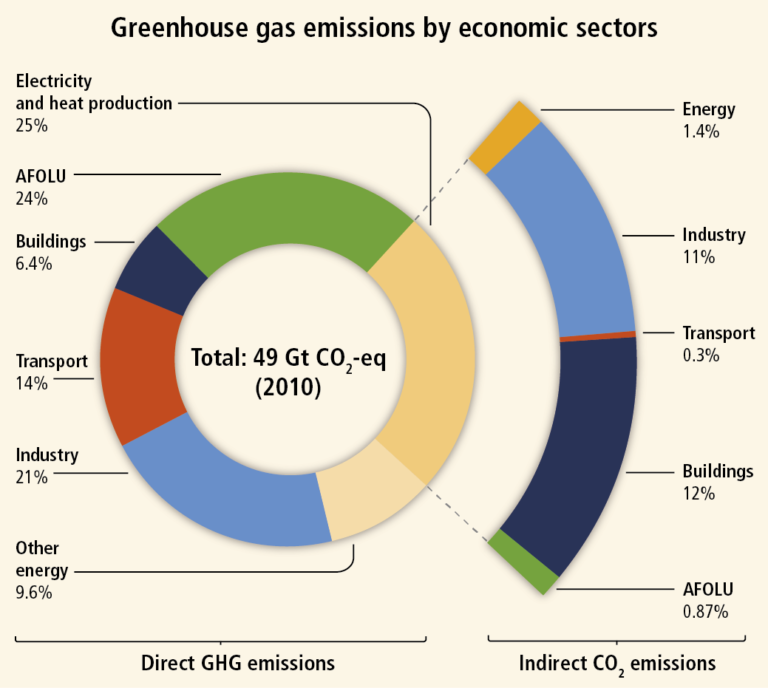
Impact Of Agriculture On Climate Change
Greenhouse gases emissions graph
Greenhouse gases emissions graph-If current policies continued; As defined by the Environmental Protection Agency (EPA), US greenhouse gas emissions sources can be broken down into five sectors transportation (29%),



1
What is Greenhouse Gas Data?And necessary pathways which are compatible with limiting warming to 15°C or 2°C of warming this century 1419 UK greenhouse gas emissions, provisional figures 26 March National Statistics This publication provides the latest estimates of UK territorial greenhouse gas emissions which are presented in carbon dioxide equivalent units throughout • In 19, total UK greenhouse gas emissions were provisionally 452 per cent lower than in
19 UK greenhouse gas emissions final figures xlsx and ods data tables updated New annex added final emissions by end user andSource Department of Industry, Science, Energy and Resources (21) Data insights Emissions for the year to December are an estimated 4990 Mt carbon dioxide equivalent (CO 2e)This is 50% (261 Mt CO 2e) less than the previous year and is the lowest emission level ever recorded in the National Greenhouse Gas Inventory Lower emissions this year reflectThis article is about emissions of greenhouse gases (GHG emissions) classified by emitting economic activities Eurostat records and publishes these in air emissions accounts (AEA), one of the modules in the European environmental economic accounts (for which the legal basis is Regulation (EU) No 691/11)AEA are suited for integrated environmentaleconomic analyses
Greenhouse gas emissions in 14 were 9 percent below 05 levels The graphs below provide an overview of greenhouse gas emissions in the United States based on information from the Inventory Click the links below each chart to learn more about each of these topicsEnergy use and greenhouse gas emissions A wide variety of factors have an influence on the level of GHG emissions in Canada Globally, about 78% of GHG emissions from human activity are from the production and consumption of energy This includes activities such as using gasoline for transportation,The ultimate objective of the Climate Change Convention (UNFCCC) is to achieve " stabilization of greenhouse gas concentrations in the atmosphere at a level that would prevent dangerous anthropogenic interference with the climate system" Estimating the levels of greenhouse gas (GHG) emissions and removals is an



Temperatures Climate Action Tracker




Carbon Dioxide Levels Continue At Record Levels Despite Covid 19 Lockdown World Meteorological Organization
Vehicle emissions can be divided into two general categories air pollutants, which contribute to smog, haze, and health problems; Based on data from the WRI's CAIT Climate Data Explorer, the graphic shows emissions data from 12 by country As a whole, the world emitted 42,386 megatonnes of greenhouse gases› Australia's greenhouse gas emissions have increased for the past three years, reaching 5564 MtCO 2e in the year to December 17 › Australia's greenhouse gas emission levels are very close to alltime highs (excluding land use emissions) › Eight of Australia's major sectors are responsible for Australia's rising emissions




U S Ghg Emissions At Lowest Level In Years Climate Central
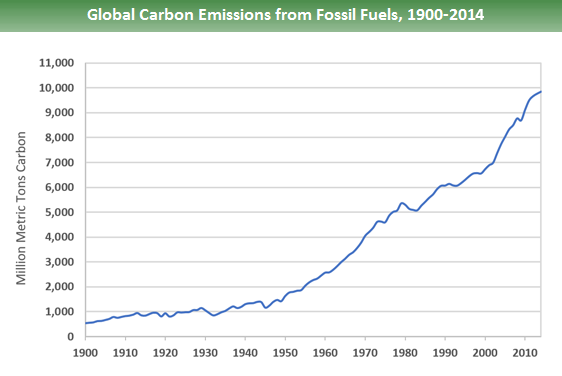



Global Greenhouse Gas Emissions Data Us Epa
This chart shows the change in global greenhouse gas emissions over time Greenhouse gases are measured in 'carbon dioxideequivalents' (CO 2 e) Today, we collectively emit around 50 billion tonnes of CO 2 e each year This is more than 40% higher than emissions in 1990, which were around 35 billion tonnesThis dataset represents the annual greenhouse gas emissions produced by the City of Boston from 05 to 18 The annual inventory is based on a combination of direct data and estimates for data that cannot be obtained directly Data sources vary, and include City records, utility company reports, and information from state and federal agencies Greenhouse gases are made up of carbon dioxide, nitrous oxide, methane, and several other fluorinecontaining halogenated substances (See graph below) Only a handful of economies can make this reduction boast, as most have increased their greenhouse gas emissions despite programs and policies in many economies to reduce them




What Does The New Uk Climate Change Target Mean For Real Estate Cbre
.png)



Greenhouse Gas Emissions From Waste Products Eurostat News Eurostat
Greenhouse gas emissions are greenhouse gases vented to the Earth's atmosphere because of humans the greenhouse effect of their 50 billion tons a year causes climate changeMost is carbon dioxide from burning fossil fuels coal, oil, and natural gasThe largest polluters include coal in China and large oil and gas companies, many stateowned by OPEC and Russia Indeed, global energyrelated carbon emissions fell by 58% in , or nearly 2 gigatonnes of carbon dioxide, thanks to reduced demand for oil, coal and gas Greenhouse gas emissions California's greenhouse gas emissions have decreased even as California experienced population and economic growth 15 emissions were 10 percent lower than peak levels in 04, and 16 emissions dropped below 1990 levels for the first time*




California Plans To Reduce Greenhouse Gas Emissions 40 By 30 Today In Energy U S Energy Information Administration Eia
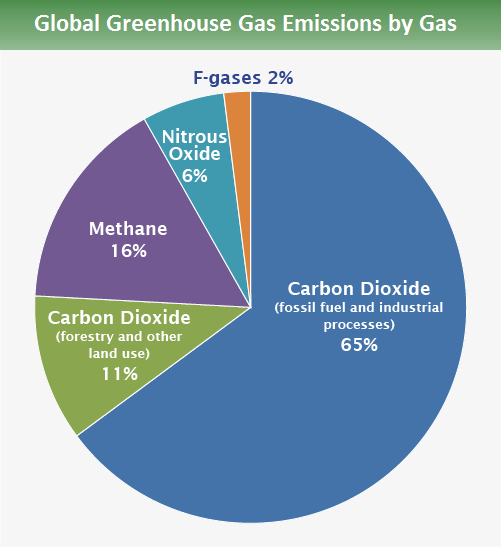



Global Greenhouse Gas Emissions Data Us Epa
You can visit other EPA pages to learn more about EPA's national inventory and how it relates to EPA's Greenhouse Gas Reporting Program To view a graph, you can either pick from the full list in the Index of Charts or create a graph by choosing options from In 19, greenhouse gas emissions from transportation accounted for about 29 percent of total US greenhouse gas emissions, making it the largest contributor of US greenhouse gas emissions In terms of the overall trend, from 1990 to 19, total transportation emissions have increased due, in large part, to increased demand for travelIn 18 New Zealand's gross greenhouse gas emissions were 7 million tonnes of CO 2 e, 240 percent higher than 1990 and 10 percent lower than 17 In 18 Gross GHG emissions were mainly made up of carbon dioxide (445 percent), methane (435 percent), and nitrous oxide (96 percent) Carbon dioxide emissions were mainly produced by



3
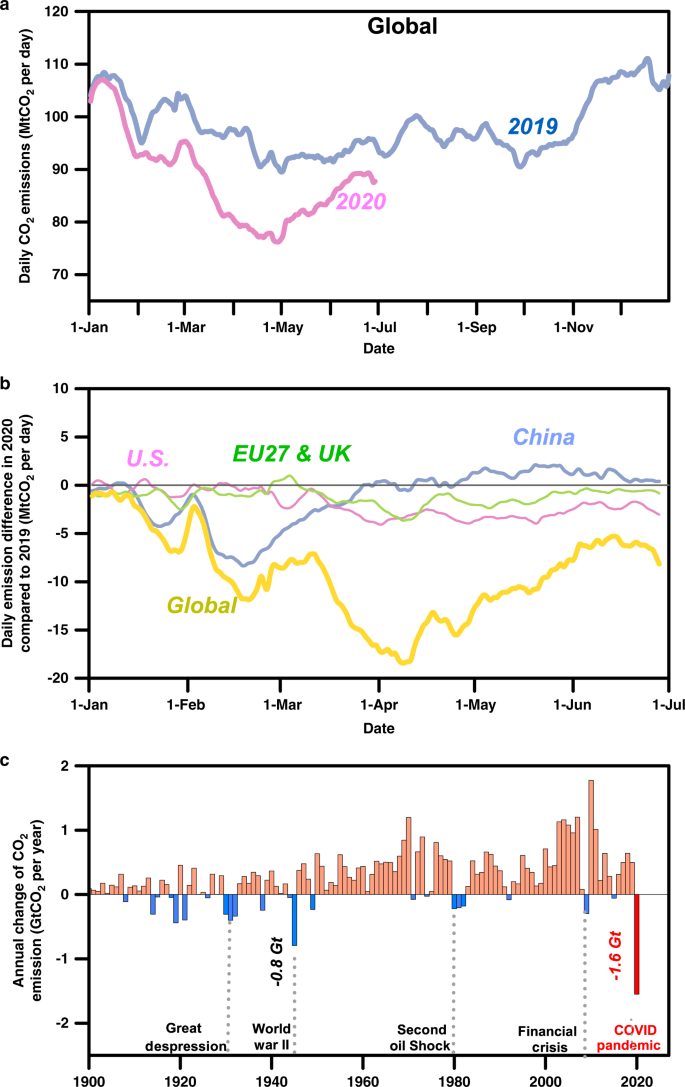



Near Real Time Monitoring Of Global Co2 Emissions Reveals The Effects Of The Covid 19 Pandemic Nature Communications
Electricity Sector Emissions Total Emissions in 18 = 6,677 Million Metric Tons of CO 2 equivalentPercentages may not add up to 100% due to independent rounding * Land Use, LandUse Change, and Forestry in the United States is a net sink and offsets approximately 12 percent of these greenhouse gas emissions, this emissions offset is not included in total aboveThis chart maps out future greenhouse gas emissions scenarios under a range of assumptions if no climate policies were implemented; Latest data shows greenhouse gas emissions rose 06% in the year to March, but government points to benefit of LNG exports Part of the LNG projects in




More Than Half Of All Co2 Emissions Since 1751 Emitted In The Last 30 Years
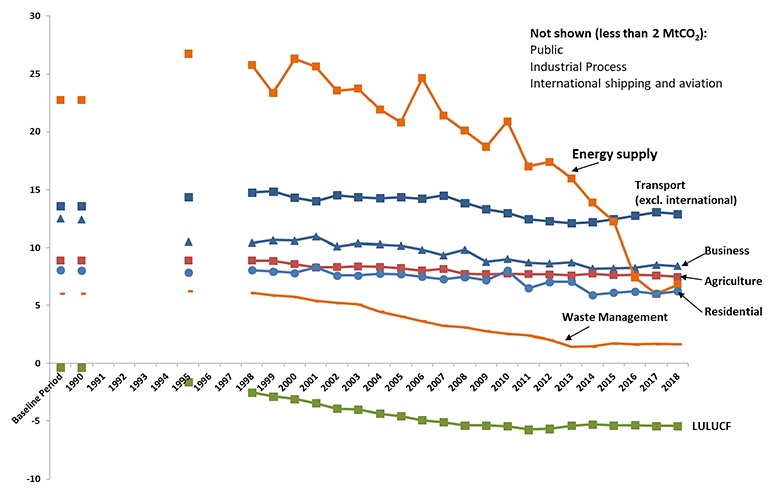



Greenhouse Gas Emissions 18 Estimates Gov Scot
The graph to the right shows which activities produce the most greenhouse gases in the United States These greenhouse gases don't just stay in one place after they're added to the atmosphere As air moves around the world, greenhouse gases become globally mixed, which means the concentration of a greenhouse gas like carbon dioxide is roughly the same no matter Monthly Average Mauna Loa CO 2 The graphs show monthly mean carbon dioxide measured at Mauna Loa Observatory, Hawaii The carbon dioxide data on Mauna Loa constitute the longest record of direct measurements of CO 2 in the atmosphereGreenhouse gas emissions data and inventories BC publishes a provincial greenhouse gas emissions inventory annually Other GHG inventories include those reported by industrial facilities, carbon neutral PSOs, local governments and community level data




Climate Change Annual Greenhouse Gas Index Noaa Climate Gov
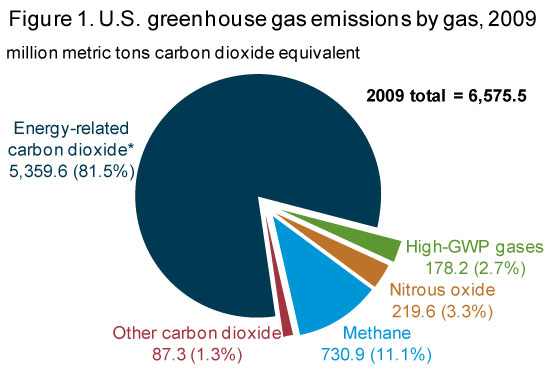



Eia Greenhouse Gas Emissions Overview
Global Manmade Greenhouse Gas Emissions by Sector, 13 Notes Globally, the primary sources of greenhouse gas emissions are electricity and heat (31%), agriculture (11%), transportation (15%), forestry (6%) and manufacturing (12%)Figure 7 Greenhouse gas emissions by province and territory, Canada, 1990, 05 and 19 11 List of Tables Table A1 Data for Figure 1 Greenhouse gas emissions, Canada, 1990 to 19 16 Table Data for Figure 2 Indexed trend in greenhouse gas Total Emissions in 14 = 6,870 Million Metric Tons of CO 2 equivalent Larger image to save or print Gases that trap heat in the atmosphere are called greenhouse gases This section provides information on emissions and removals of the main greenhouse gases to




Greenhouse Gas Emissions By The United Kingdom Wikipedia




Impact Of Agriculture On Climate Change
Greenhouse gases emissions in the EU and in the world The charts above list EU countries by total greenhouse gas (GHG) emissions in 17 and the infographic below shows the world's top greenhouse gas emitters in 15 The EU is the third biggest emitter behind China and the United State and followed by India and RussiaIf all countries achieved their current future pledges for emissions reductions;Trends in greenhouse gas emissions This article presents trends in emissions of all greenhouse gases, namely carbon dioxide (CO 2), methane (CH 4), nitrous oxide (N 2 O), hydrofluorocarbons (HFCs), perfluorocarbons (PFCs), sulphur hexafluoride (SF 6) and natrium trifluoride (NF 3)Data presented in this article include emissions from international aviation and exclude emissions or
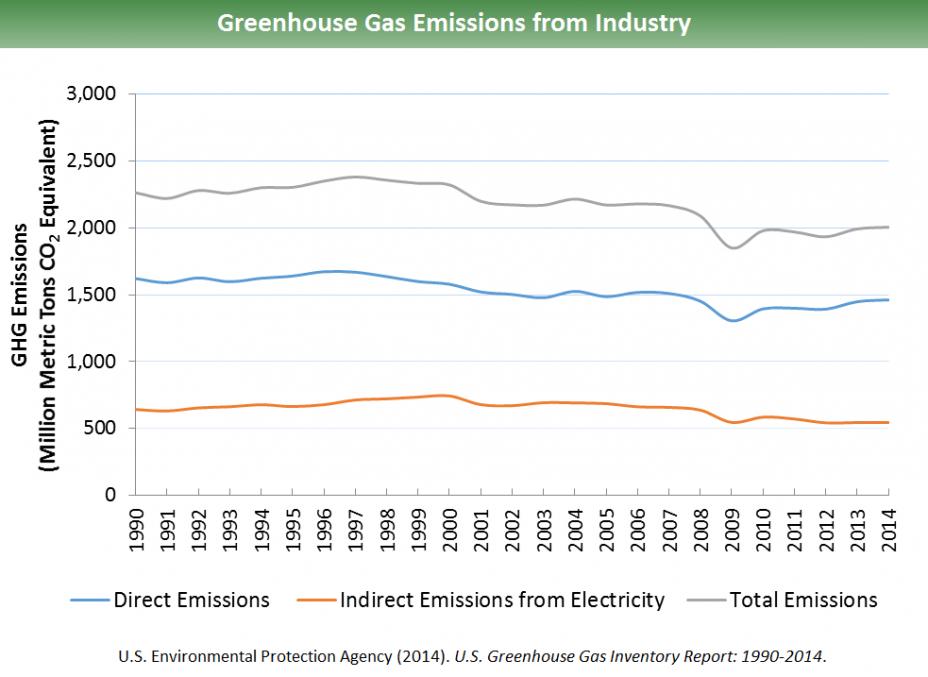



Sources Of Greenhouse Gas Emissions Greenhouse Gas Ghg Emissions Us Epa
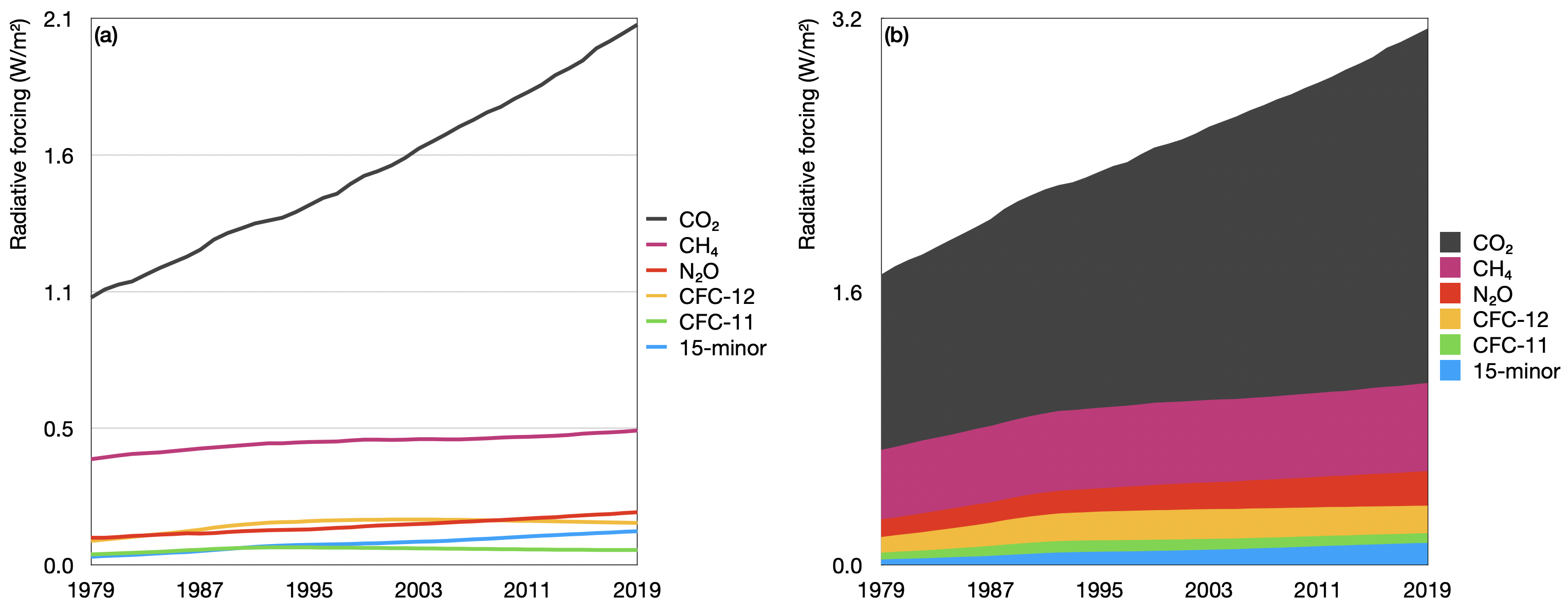



Greenhouse Gas Emissions World Energy Data
Graphic detail Oct 2nd 21 edition The beef with beef Treating beef like coal would make a big dent in greenhousegas emissions Cattle are a surprisingly large producer of greenhouse gasesGreenhouse Gas Emissions from Animal Agriculture Greenhouse gases (GHGs) absorb infrared radiation and cause the greenhouse effect, which warms the Earth1 GHGs are both natural gases, such as carbon dioxide, water vapor, methane, and nitrous oxide, as well as humanmade gases, including chloro and hydrofluorocarbons2 This graph shows the heating imbalance caused by the major humanproduced greenhouse gases carbon dioxide (gray), methane (dark purple), nitrous oxide (medium purple), chlorofluorocarbons (CFCs, lavender), hydrochlorofluorocarbons (HCFCs, blue), and hydrofluorocarbons (HFCs, light blue)




Germany S Greenhouse Gas Emissions And Energy Transition Targets Clean Energy Wire
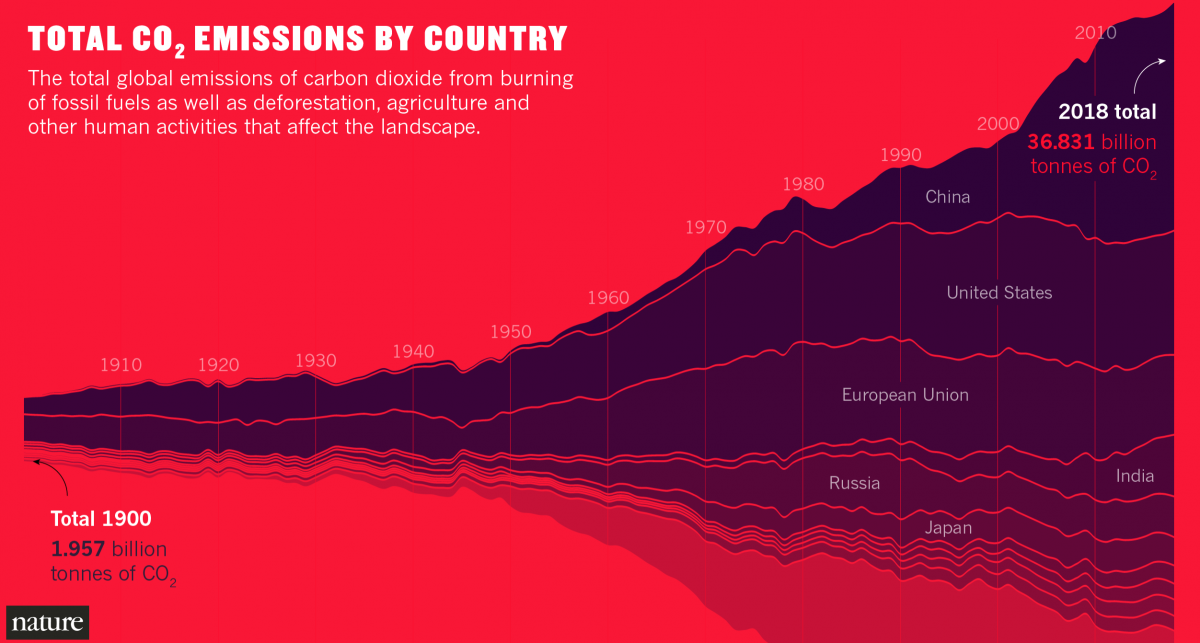



Five Ways Organizations Are Visualizing Carbon Emissions Storybench
Graph of the Day Australia's top greenhouse gas emitters Fossilfueled electricity generation remains Australia's largest industrial and corporate source of greenhouse gas emissionsAnd greenhouse gases (GHGs), such as carbon dioxide and methane Both categories of emissions can be evaluated on a




File Global Greenhouse Gas Emissions By Sector 1990 05 In Carbon Dioxide Equivalents Epa 10 Png Wikimedia Commons
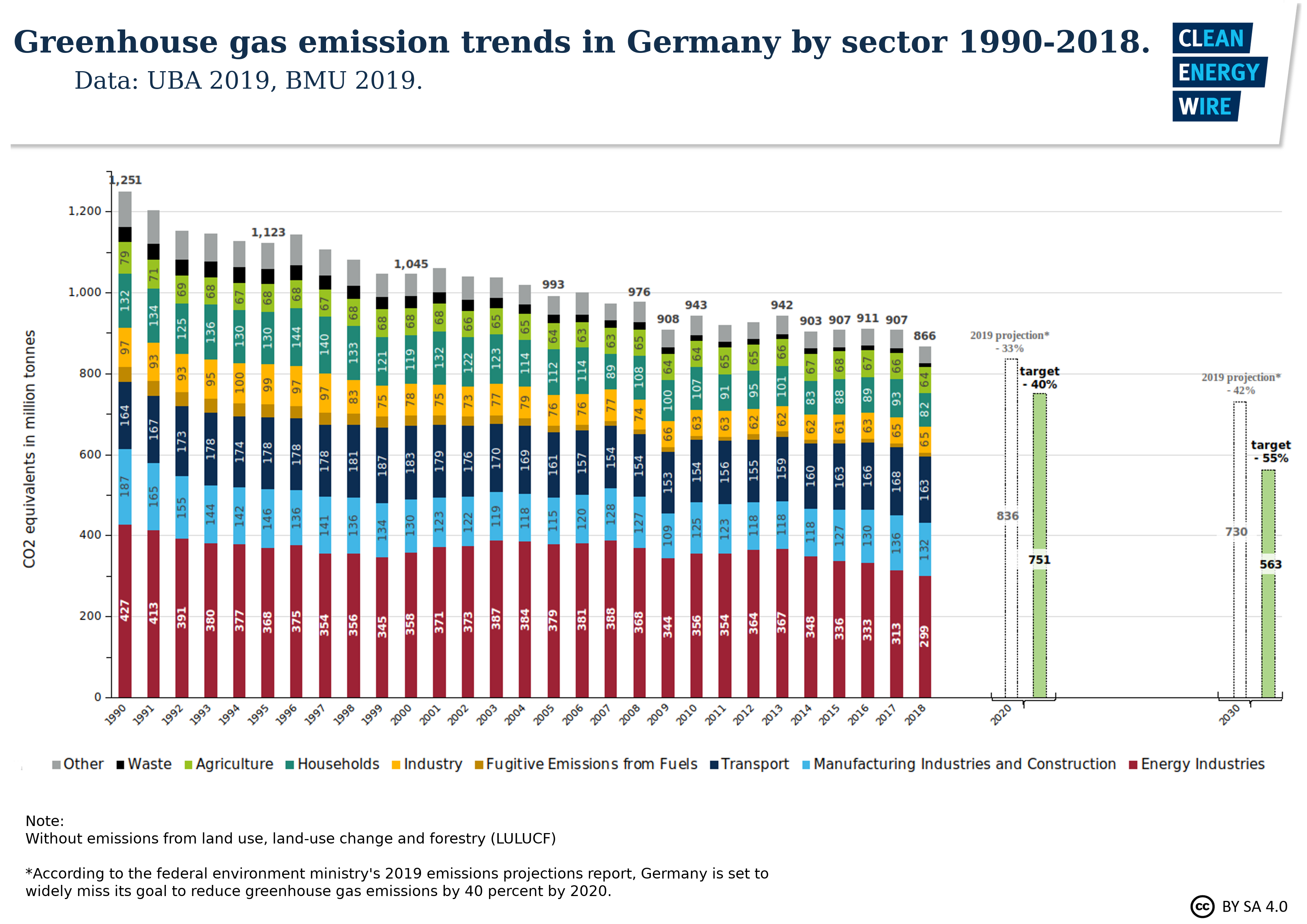



Germany Sees Largest Emissions Drop Since 09 Recession Clean Energy Wire
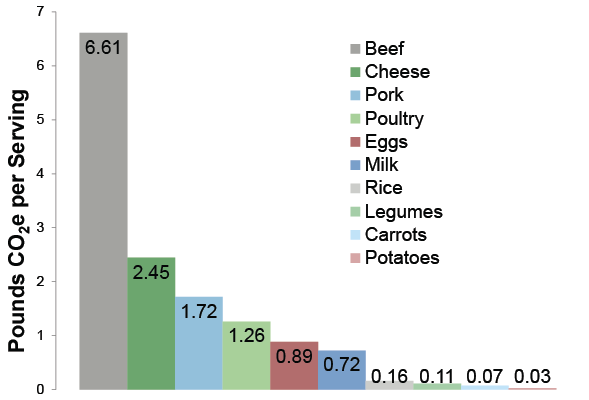



Carbon Footprint Factsheet Center For Sustainable Systems
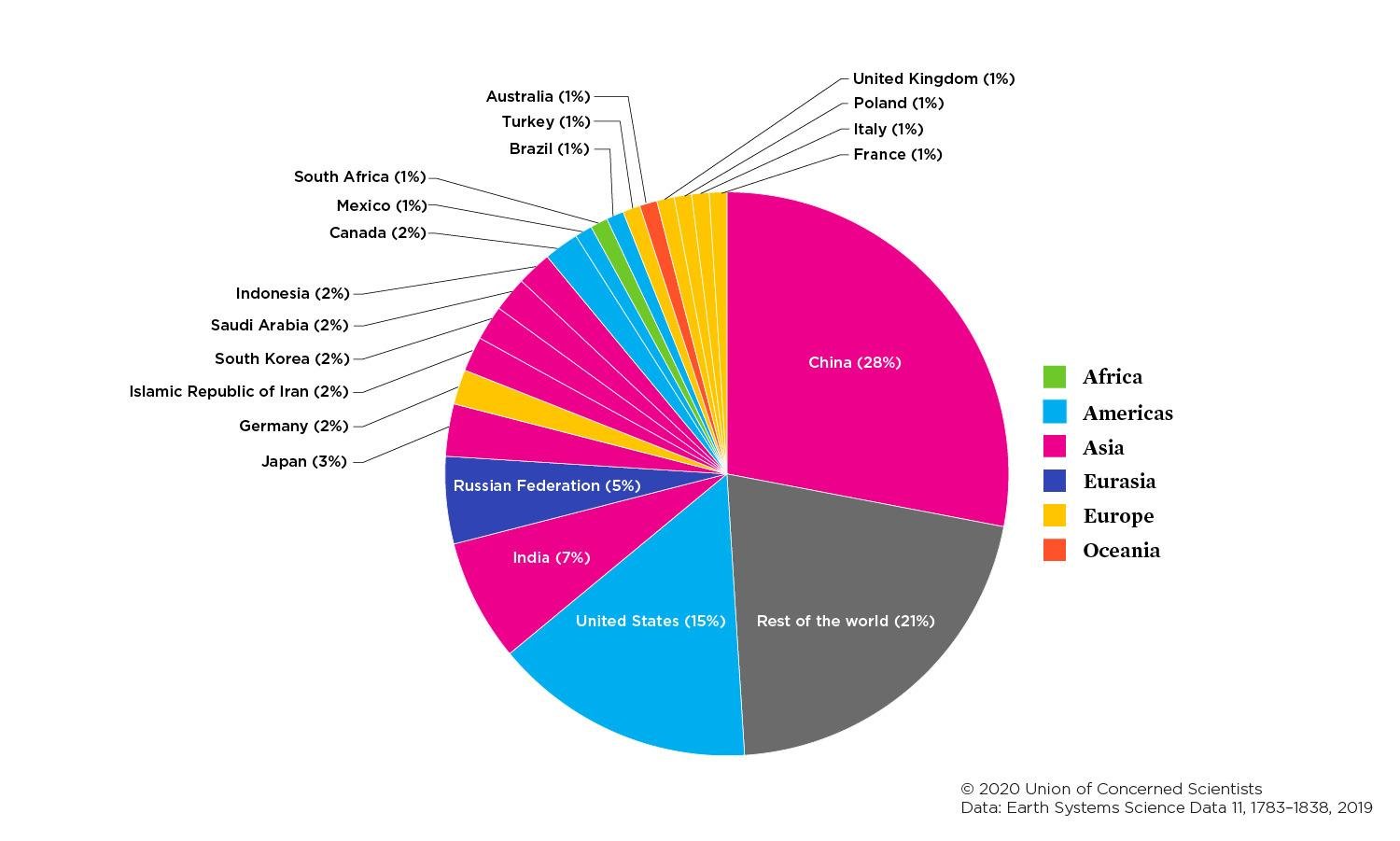



Each Country S Share Of Co2 Emissions Union Of Concerned Scientists




U S Emissions Dropped In 19 Here S Why In 6 Charts Inside Climate News




A Graph Of Per Capita Income Versus The Per Capita Greenhouse Gas Download Scientific Diagram
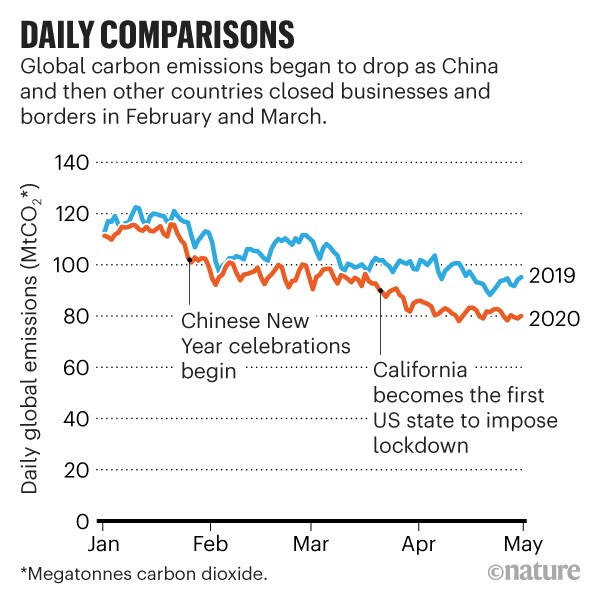



How The Coronavirus Pandemic Slashed Carbon Emissions In Five Graphs



Latest Agriculture Emissions Data Show Rise Of Factory Farms Iatp



Greenhouse Gas Emissions Our World In Data
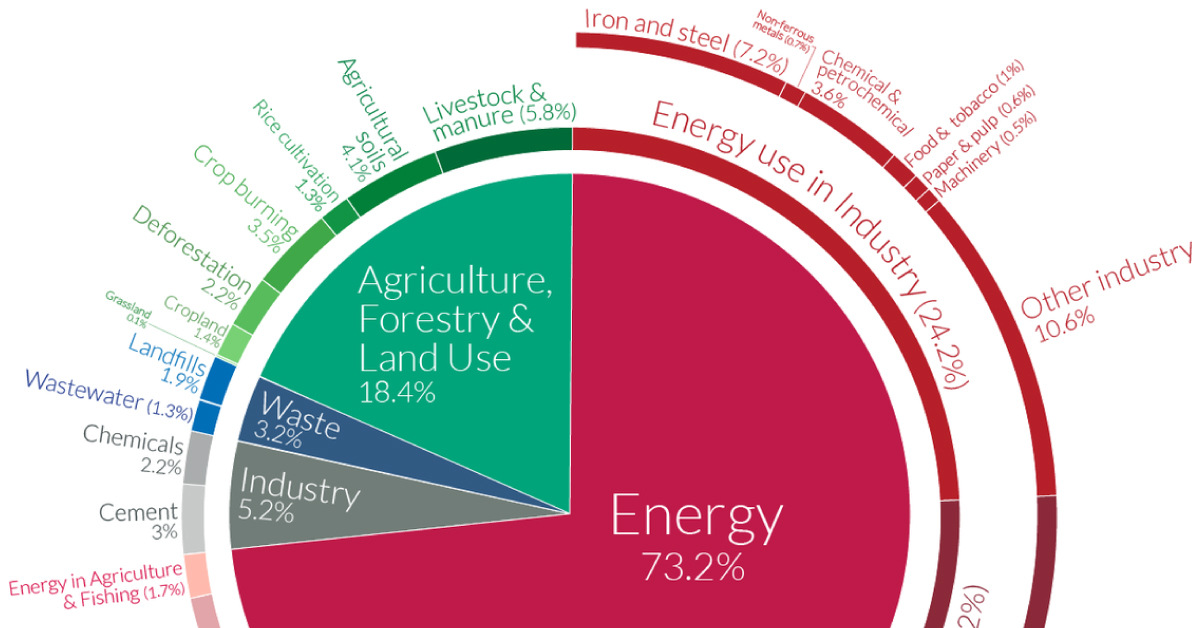



A Global Breakdown Of Greenhouse Gas Emissions By Sector




What Are The Greenhouse Gas Emissions Of A Mini Grid Project And How Are They Calculated Mini Grids Support Toolkit Energy U S Agency For International Development



2




How Each Country S Share Of Global Co2 Emissions Changes Over Time World Economic Forum




Greenhouse Gas Emissions



Emissions By Sector Our World In Data



Effects Greenhouse Effect




China S Greenhouse Gas Emissions Exceeded The Developed World For The First Time In 19 Rhodium Group




From Iceland New Data On Icelandic Greenhouse Gas Emissions Paints A Mixed Picture




Chile Commits To 30 Percent Reduction Of Greenhouse Gas Emissions By 30 Nrdc
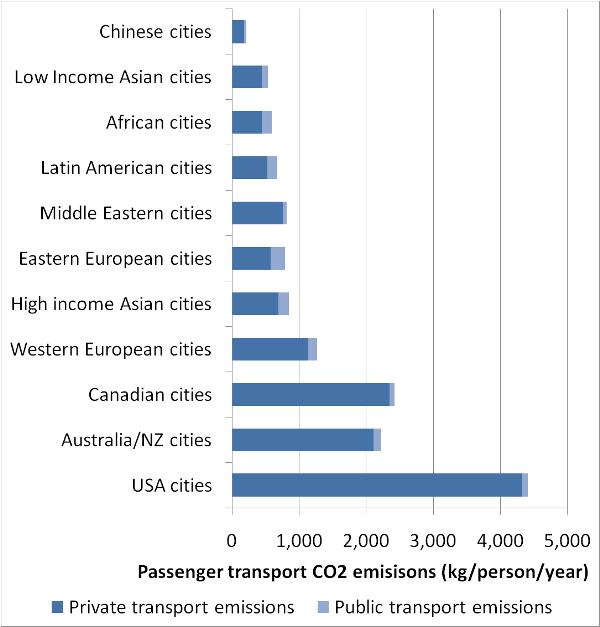



File Graph Of Emissions By City Jpg Wikimedia Commons
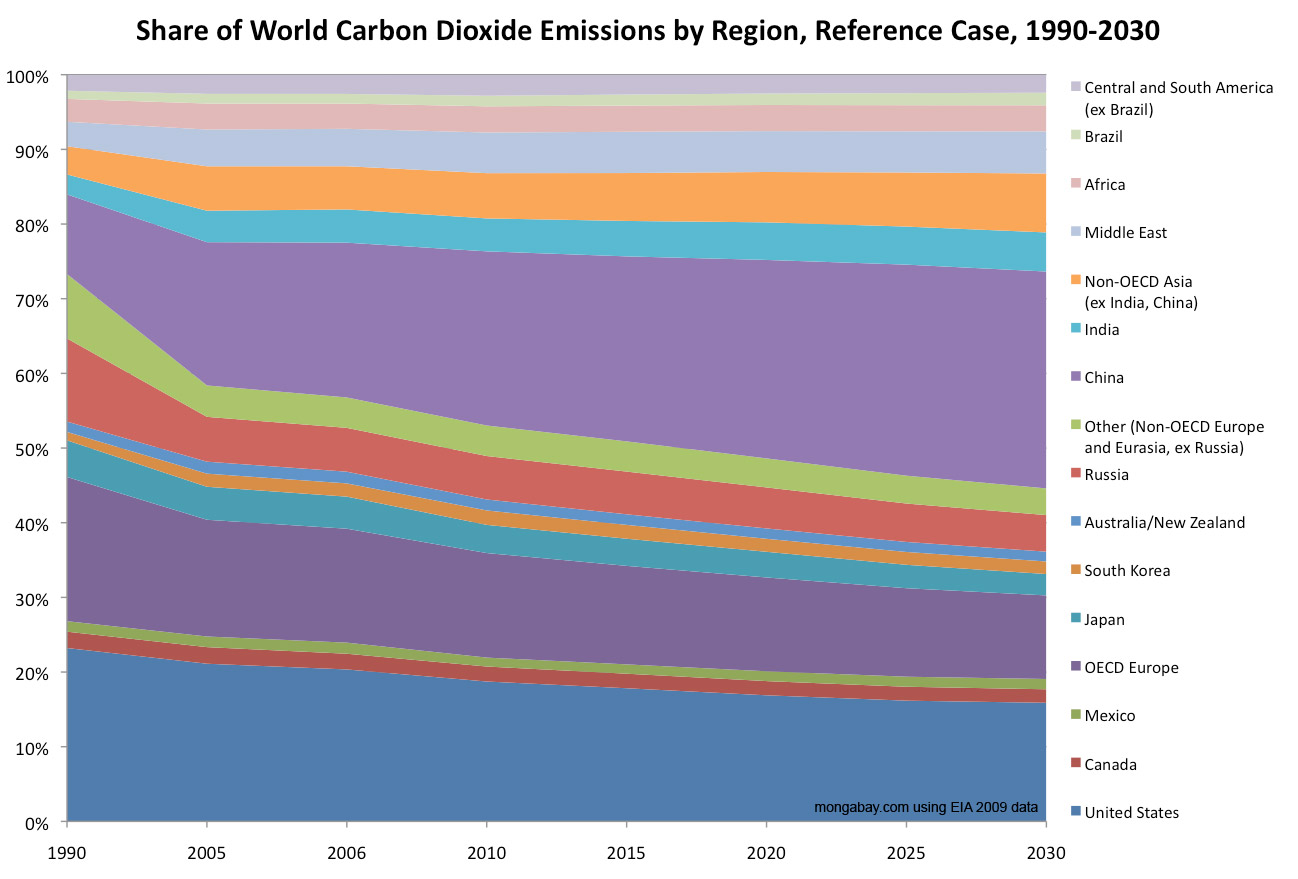



Carbon Dioxide Emissions Charts
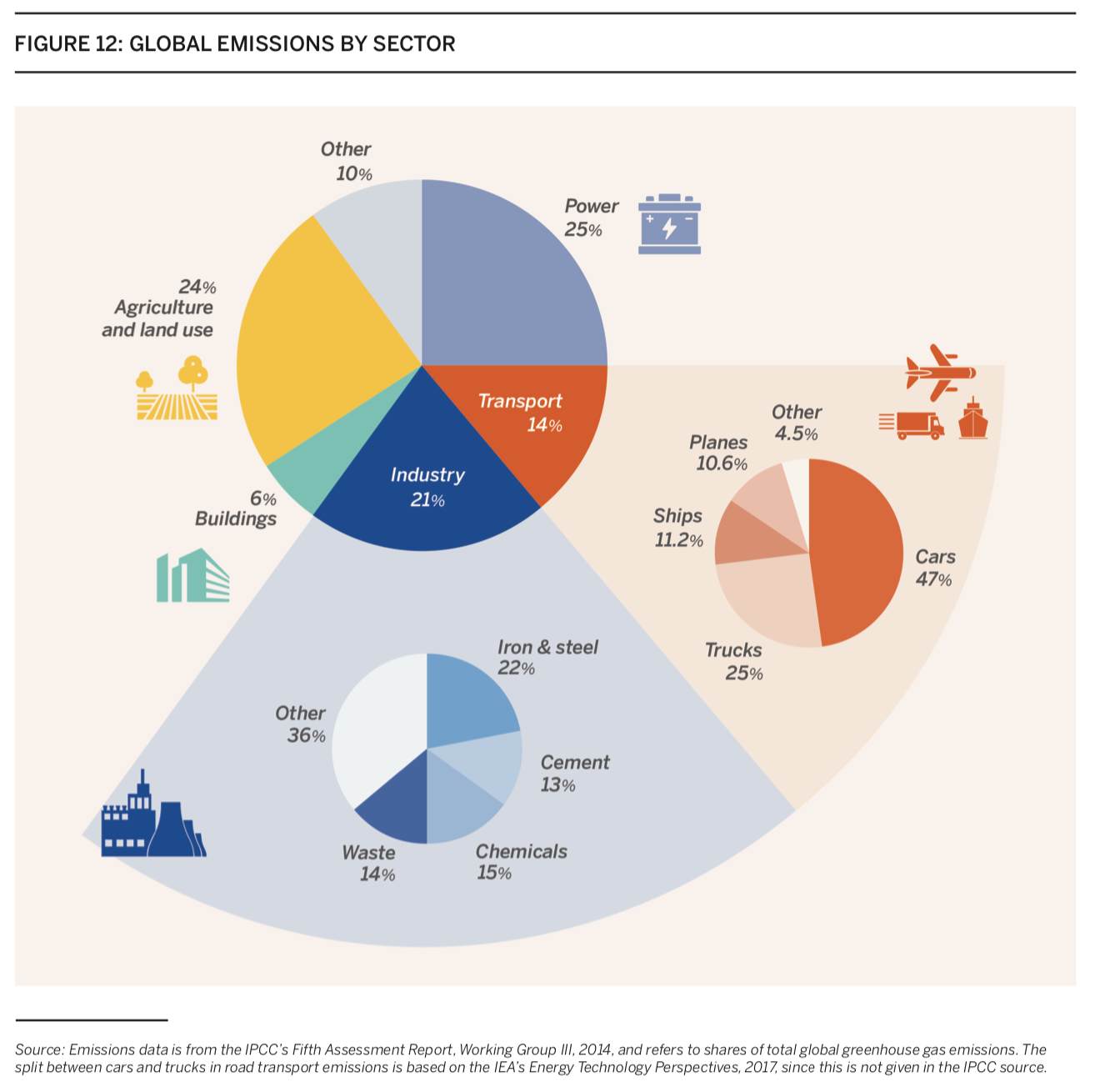



Charts Of The Week Tackling Climate Change




Amazon Ghg Emissions Globally By Source 18 Statista




Greenhouse Gases Copernicus
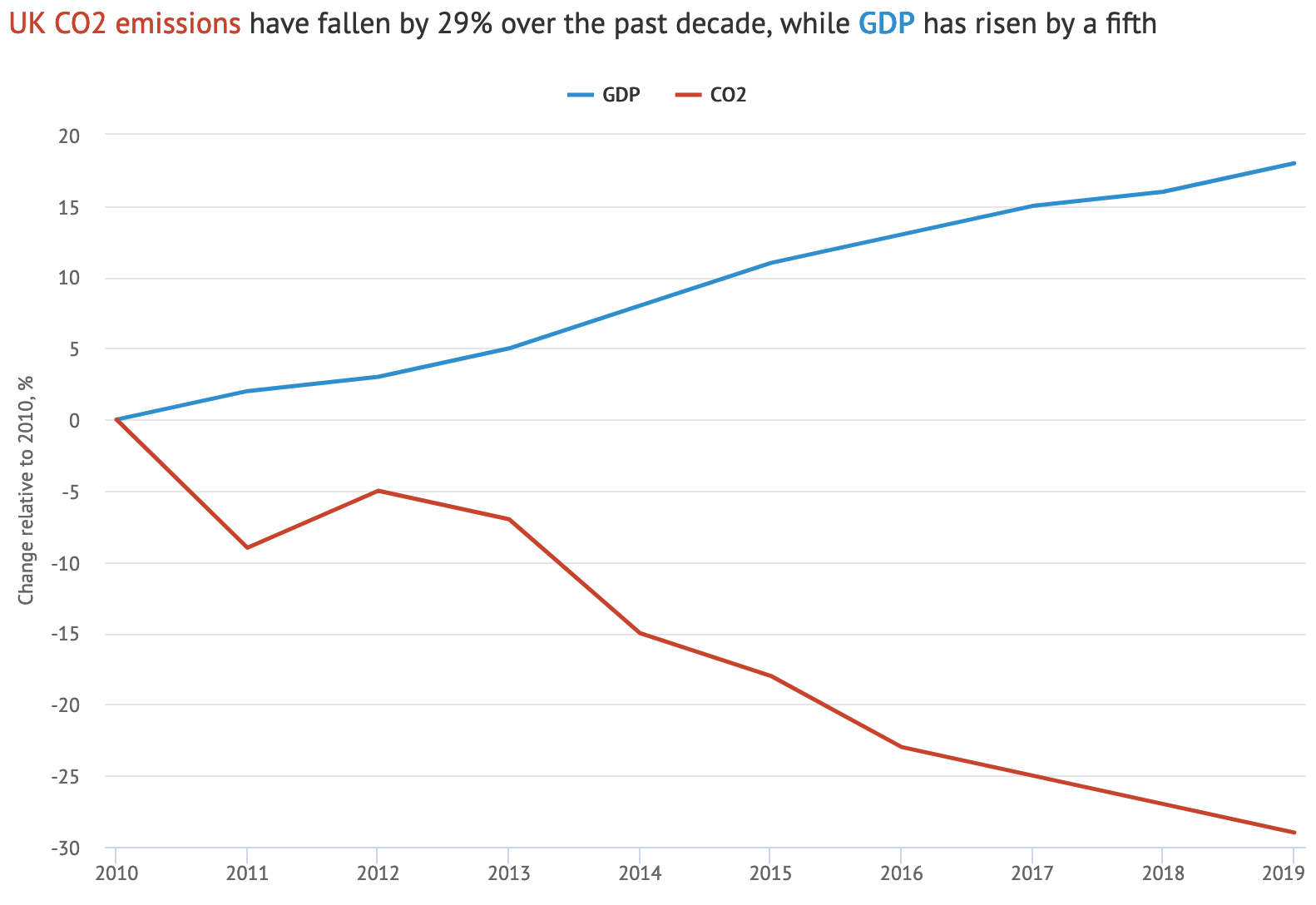



Analysis Uk S Co2 Emissions Have Fallen 29 Over The Past Decade
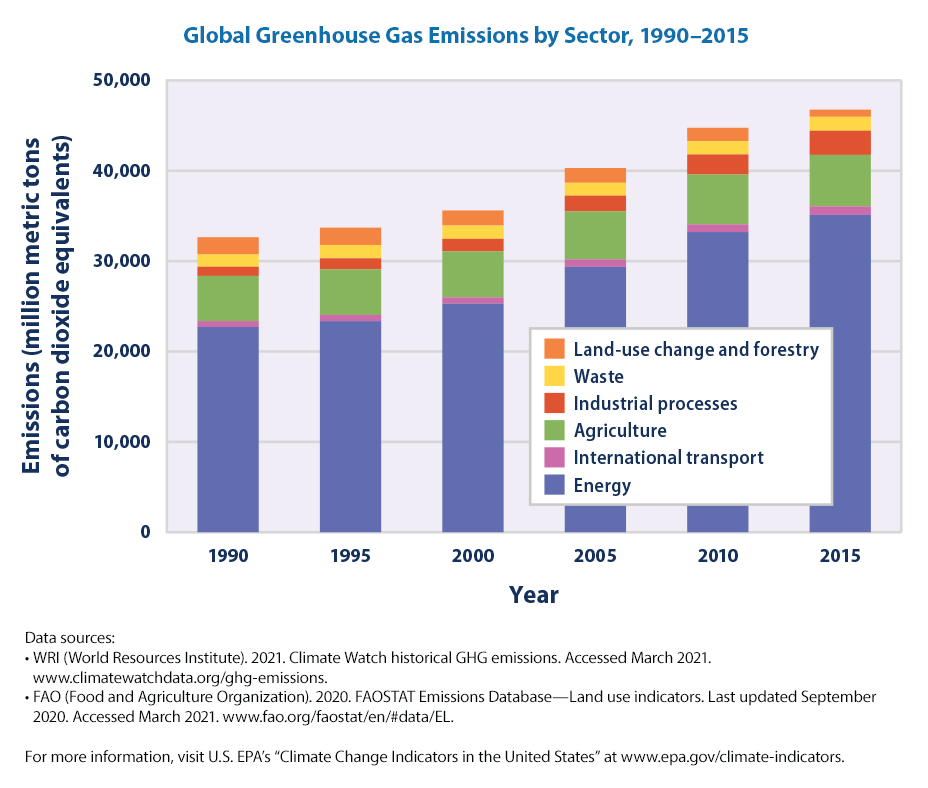



Climate Change Indicators Global Greenhouse Gas Emissions Us Epa
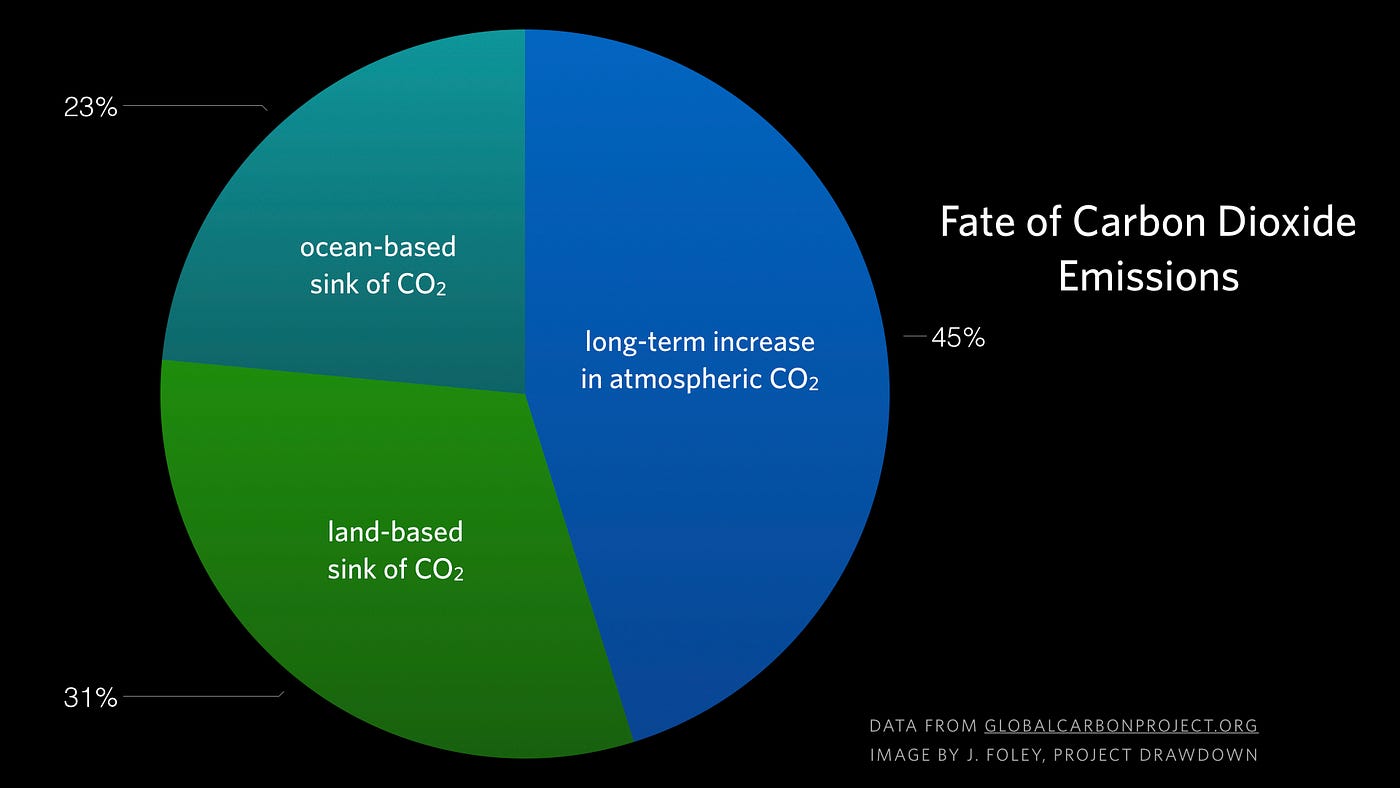



Major Causes Of Climate Change Globalecoguy Org




Greenhouse Gas Emissions Are Set To Rise Fast In 21 The Economist




Where Do Uk Greenhouse Gas Emissions Come From A Greener Solution
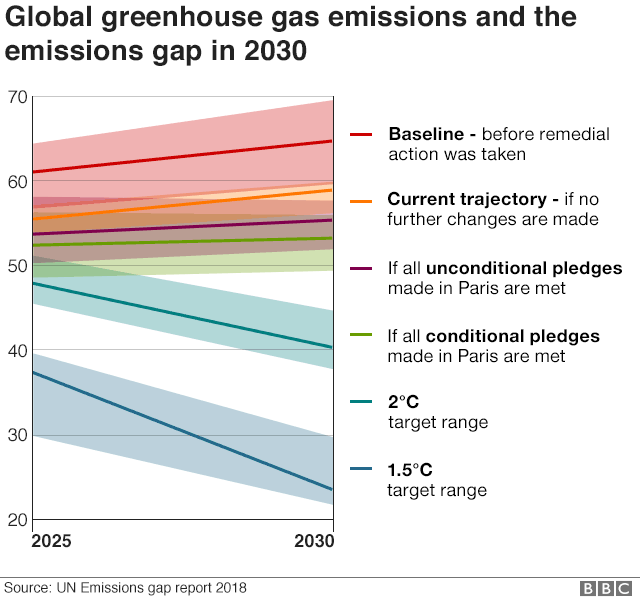



Climate Change Co2 Emissions Rising For First Time In Four Years c News
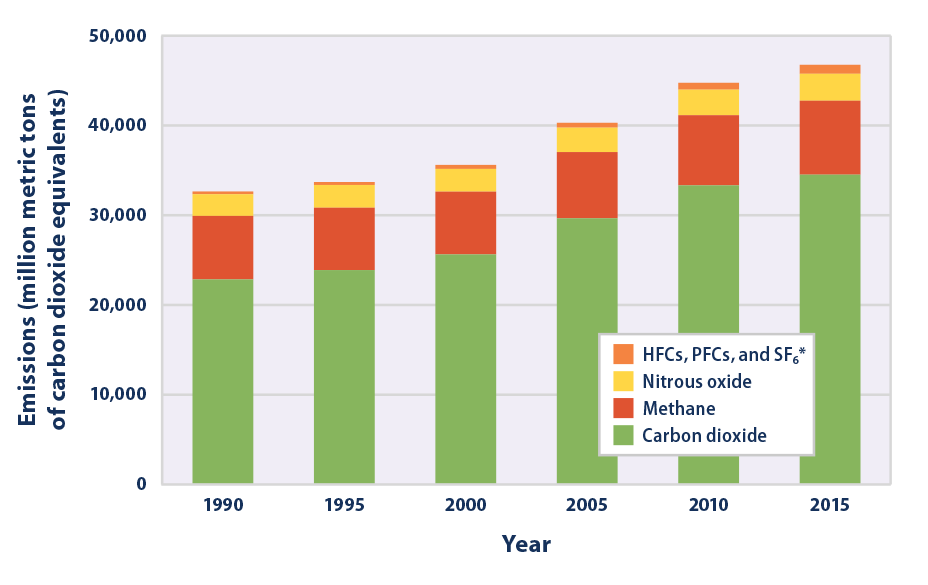



Climate Change Indicators Global Greenhouse Gas Emissions Us Epa
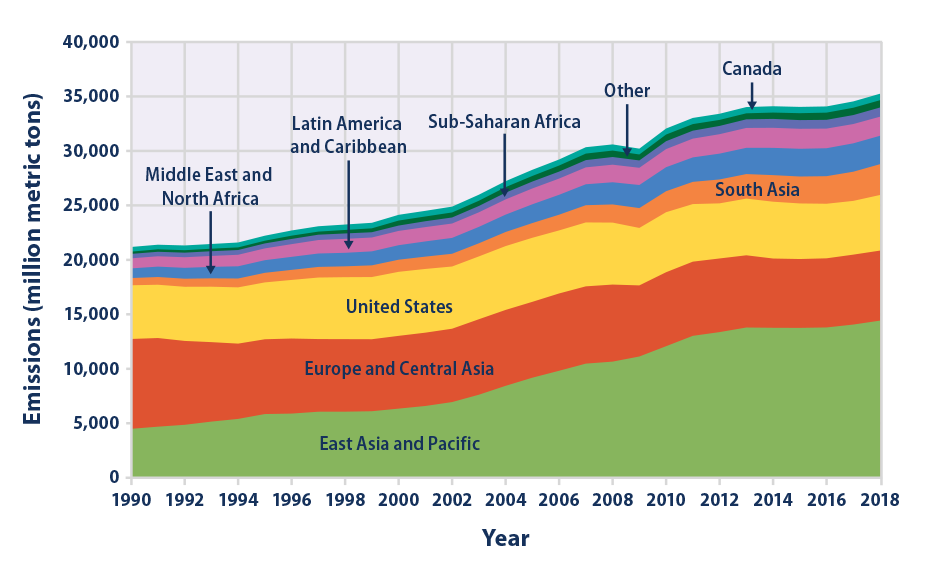



Climate Change Indicators Global Greenhouse Gas Emissions Us Epa
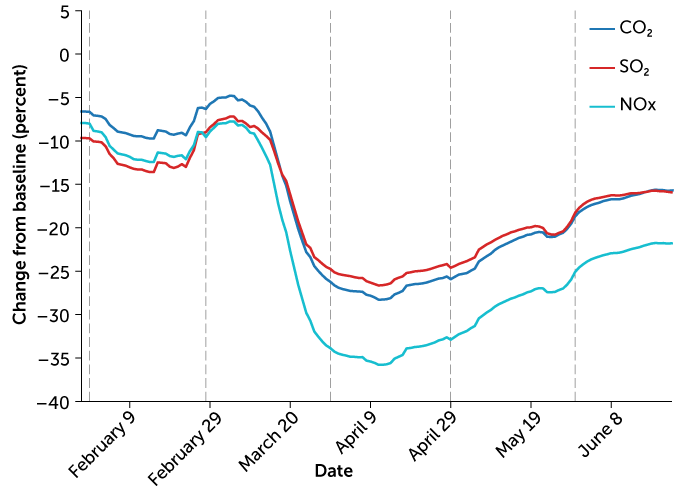



Covid 19 S Emissions Reductions Won T Impact Climate Change Science News
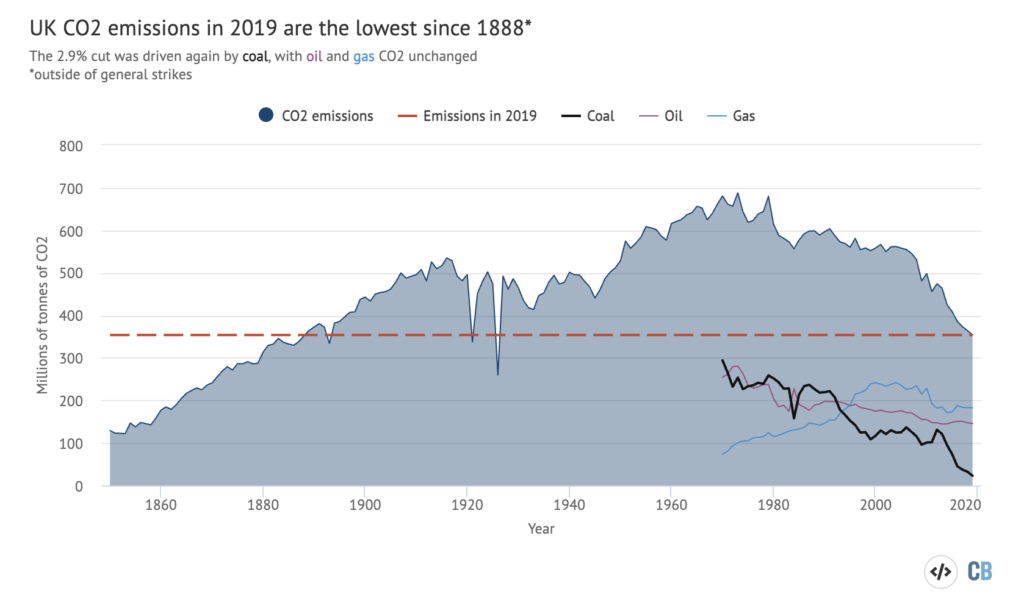



Analysis Uk S Co2 Emissions Have Fallen 29 Over The Past Decade




Emissions Sources Climate Central
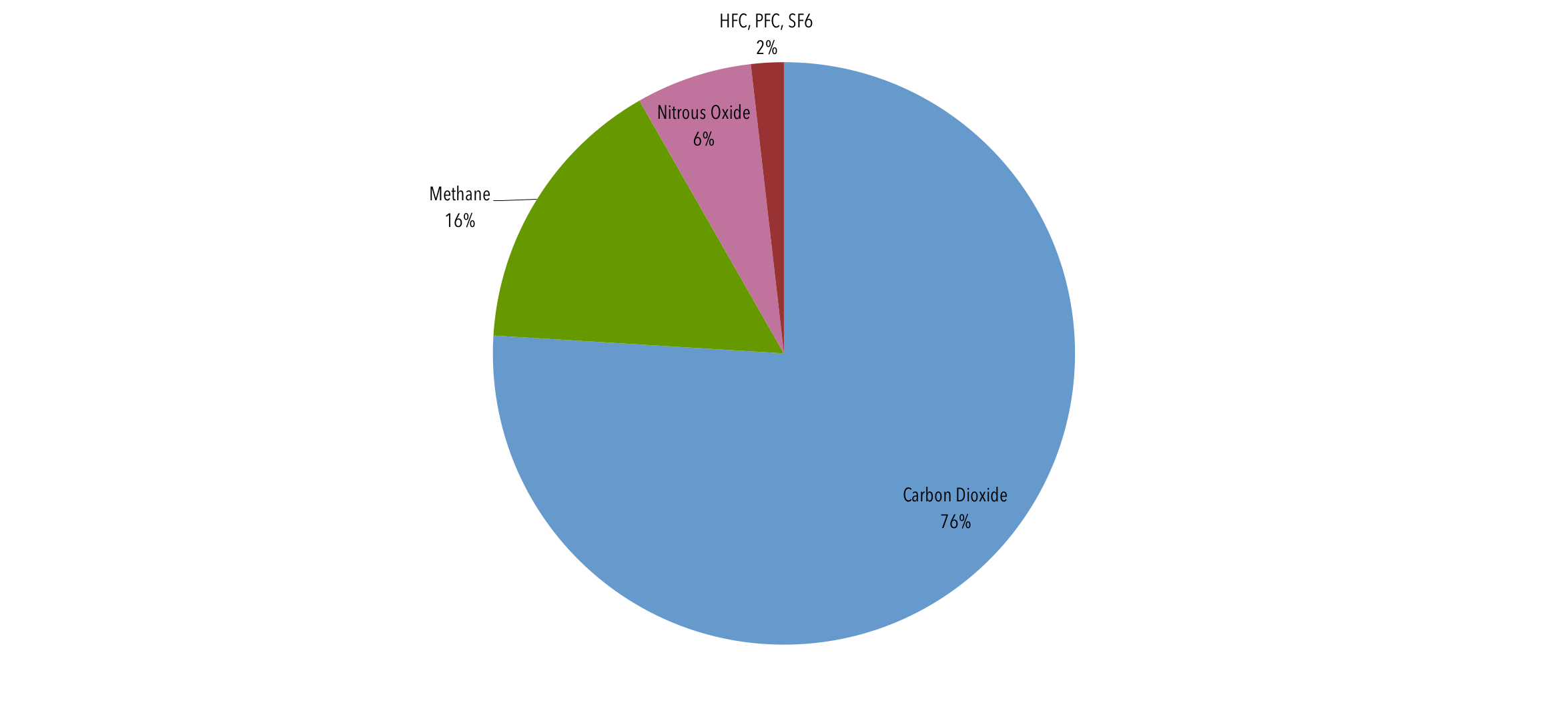



Global Emissions Center For Climate And Energy Solutions
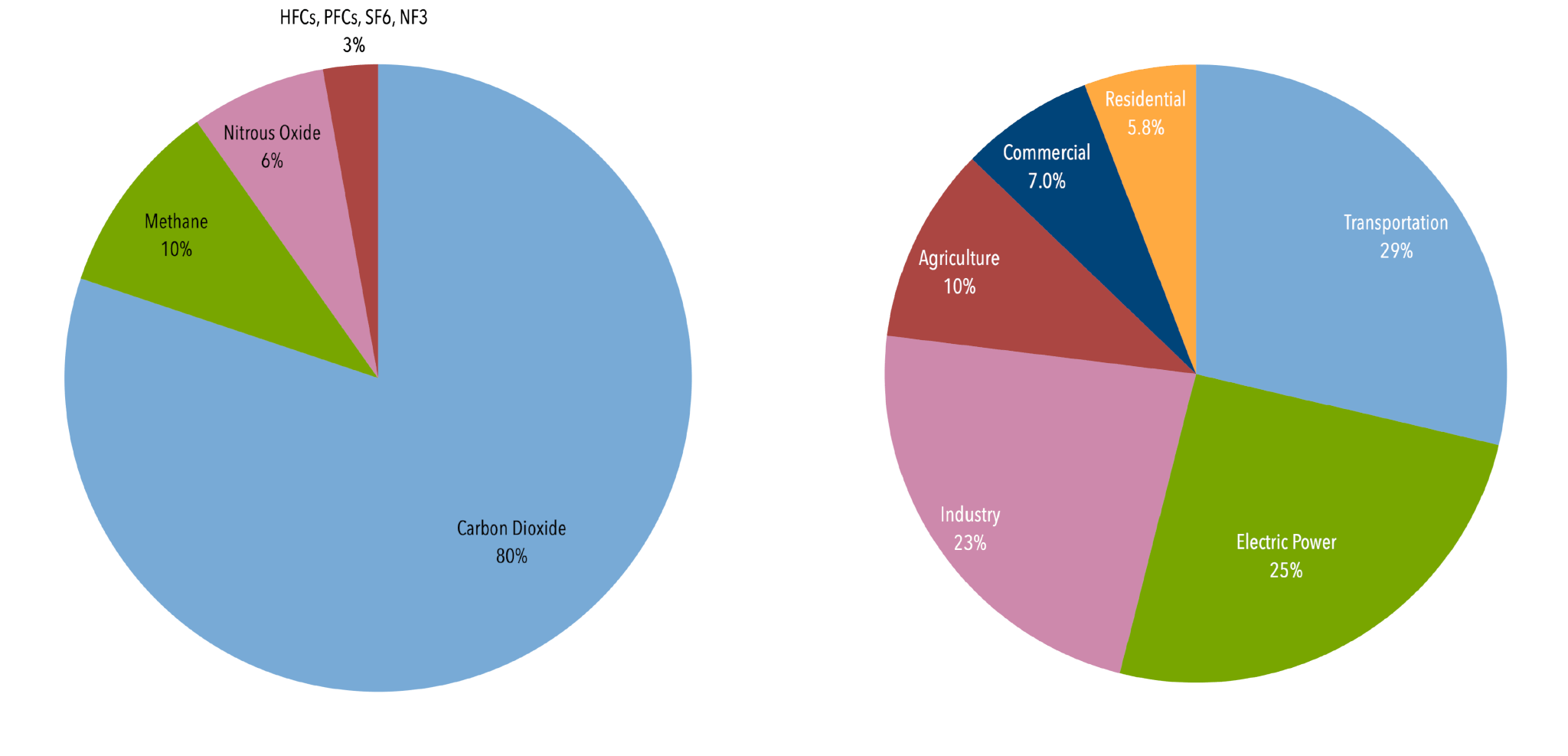



U S Emissions Center For Climate And Energy Solutions
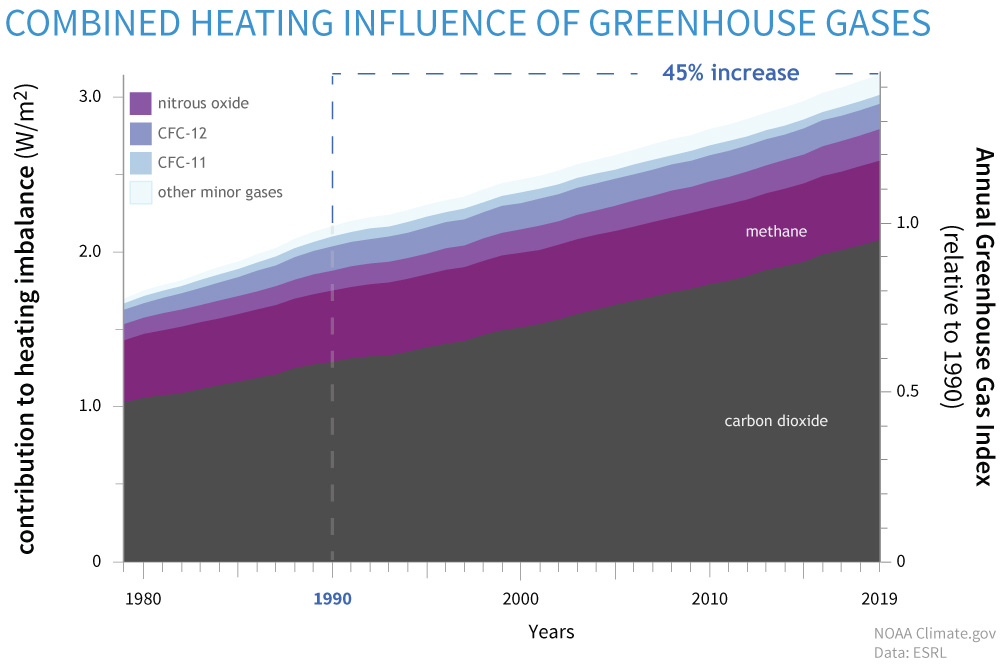



Are Humans Causing Or Contributing To Global Warming Noaa Climate Gov




Emissions From Energy Production Have Stabilised For Now The Economist
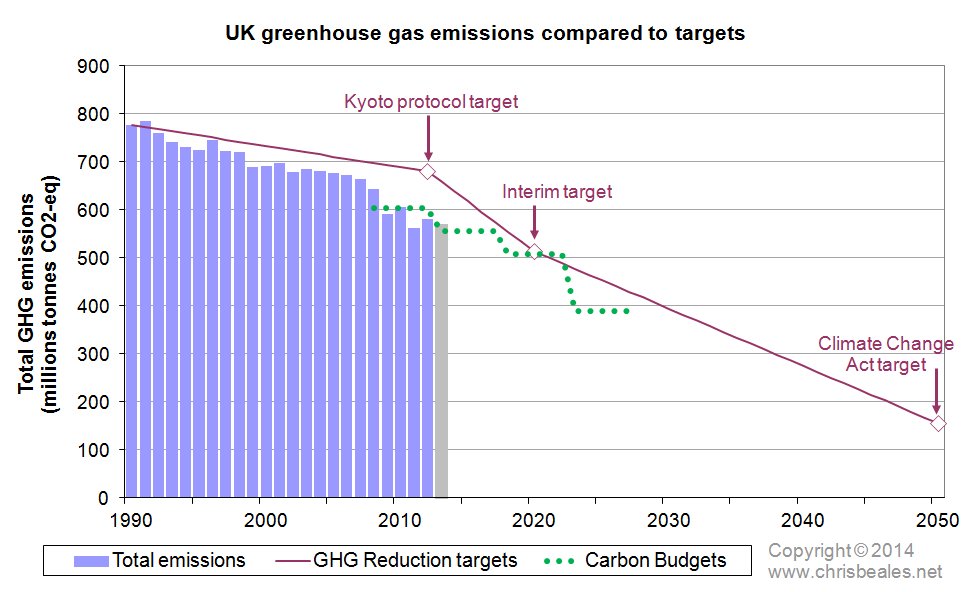



Emissions Targets Current Uk Targets
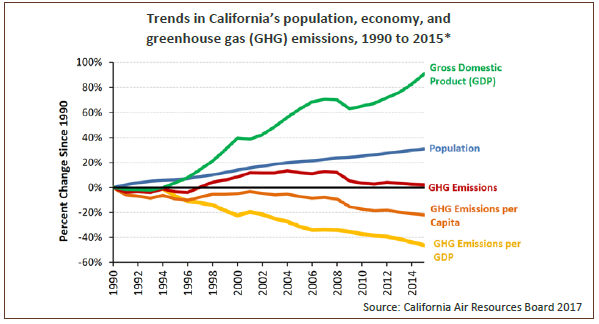



Greenhouse Gas Emissions Oehha




U S Emissions Dropped In 19 Here S Why In 6 Charts Inside Climate News




What S Going On In This Graph Nov 19 The New York Times
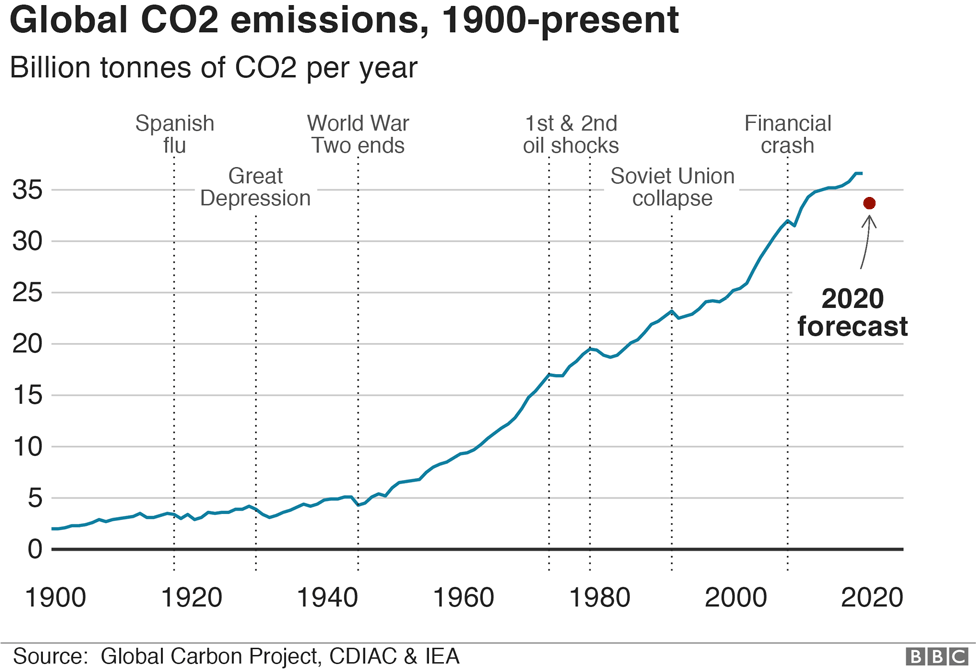



Climate Change And Coronavirus Five Charts About The Biggest Carbon Crash c News
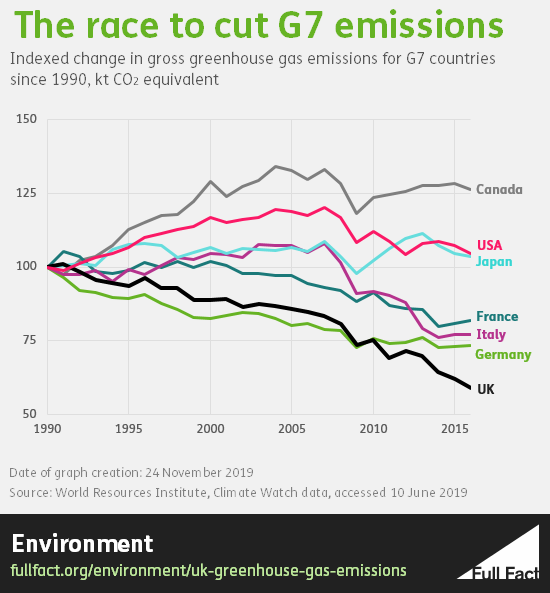



Uk Greenhouse Gas Emissions Fast Progress But Not Yet Enough To Meet Future Targets Full Fact



Carbon
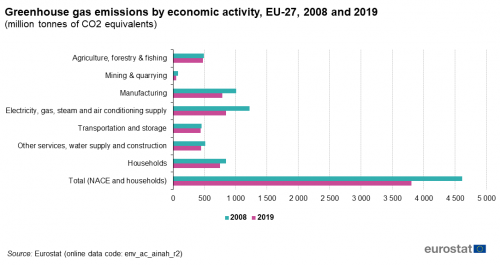



Greenhouse Gas Emission Statistics Air Emissions Accounts Statistics Explained



2




Climate Archives Page 2 Of 3 Darrin Qualman




Graph Ireland S Share Of Greenhouse Gases From Agriculture Highest In Eu 17 April 16 Free




Population Growth Vs Emissions Growth Serendipity




Global Greenhouse Gas Emissions In The Unmitigated Reference Download Scientific Diagram
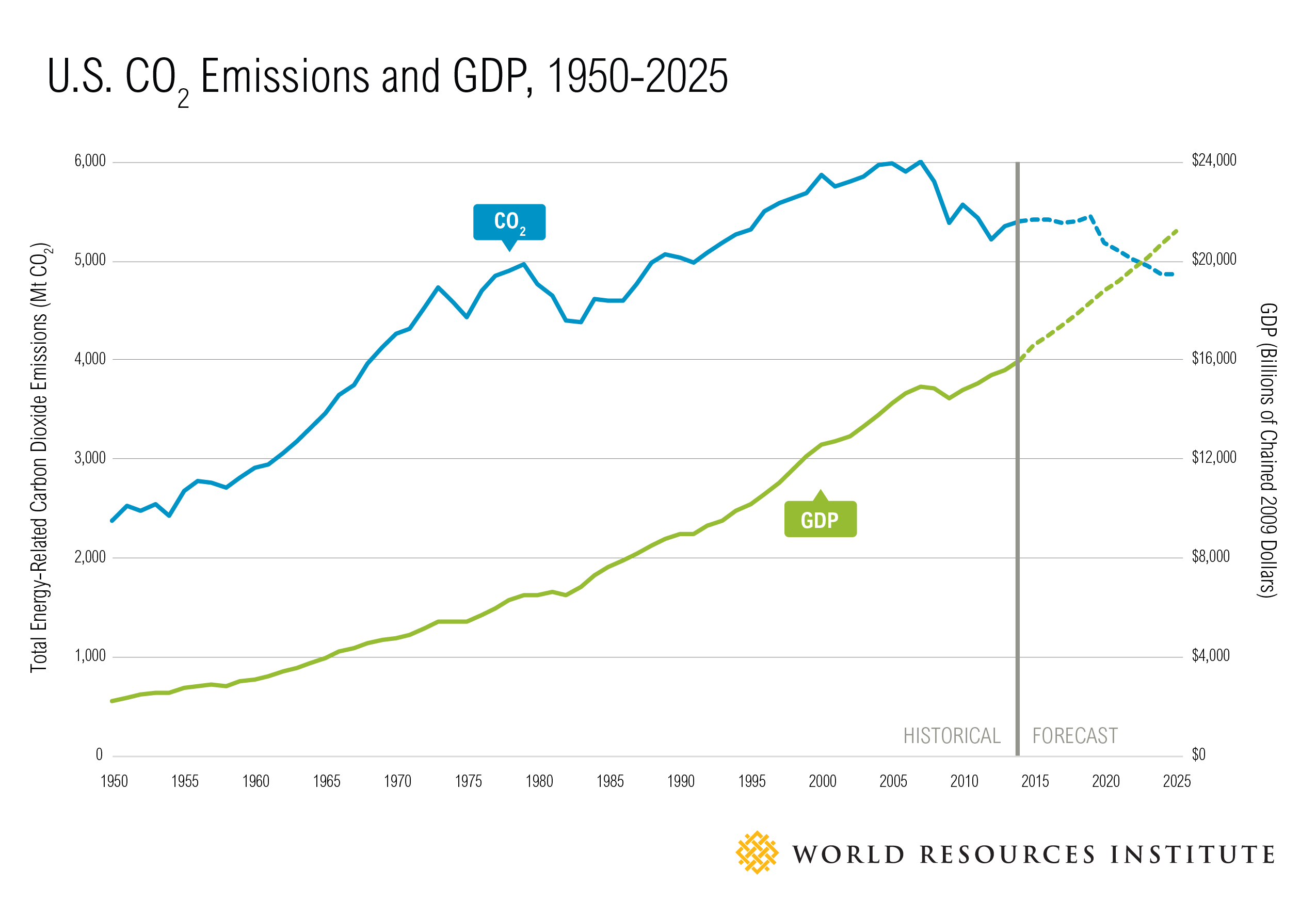



21 Countries Are Reducing Carbon Emissions While Growing Gdp Ecosystem Marketplace



Total Greenhouse Gas Emission Trends And Projections In Europe European Environment Agency




Global Historical Co2 Emissions 1750 Statista



1
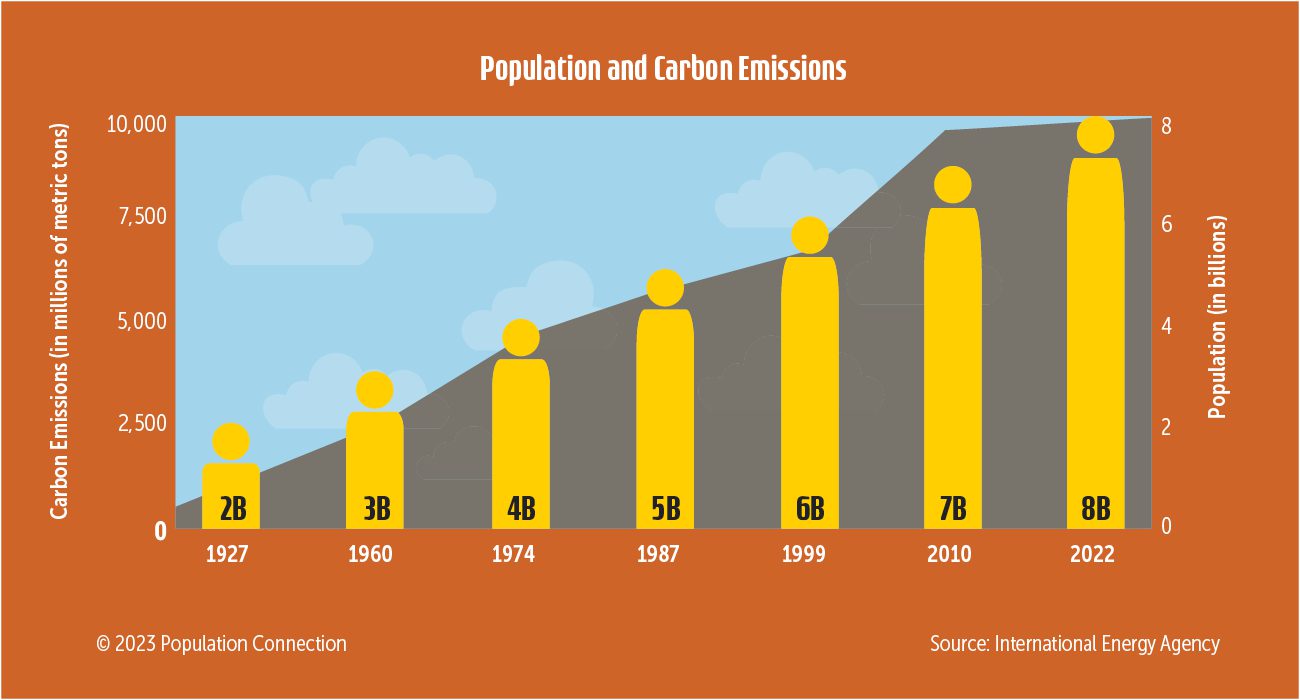



Carbon Emissions And Population Over Time Infographic Population Education




Australia S Greenhouse Gas Levels Have Decreased 15 From 1990 Climate Scorecard




Global Fossil Fuel Carbon Emissions Graphics




Co2 Emissions Our World In Data
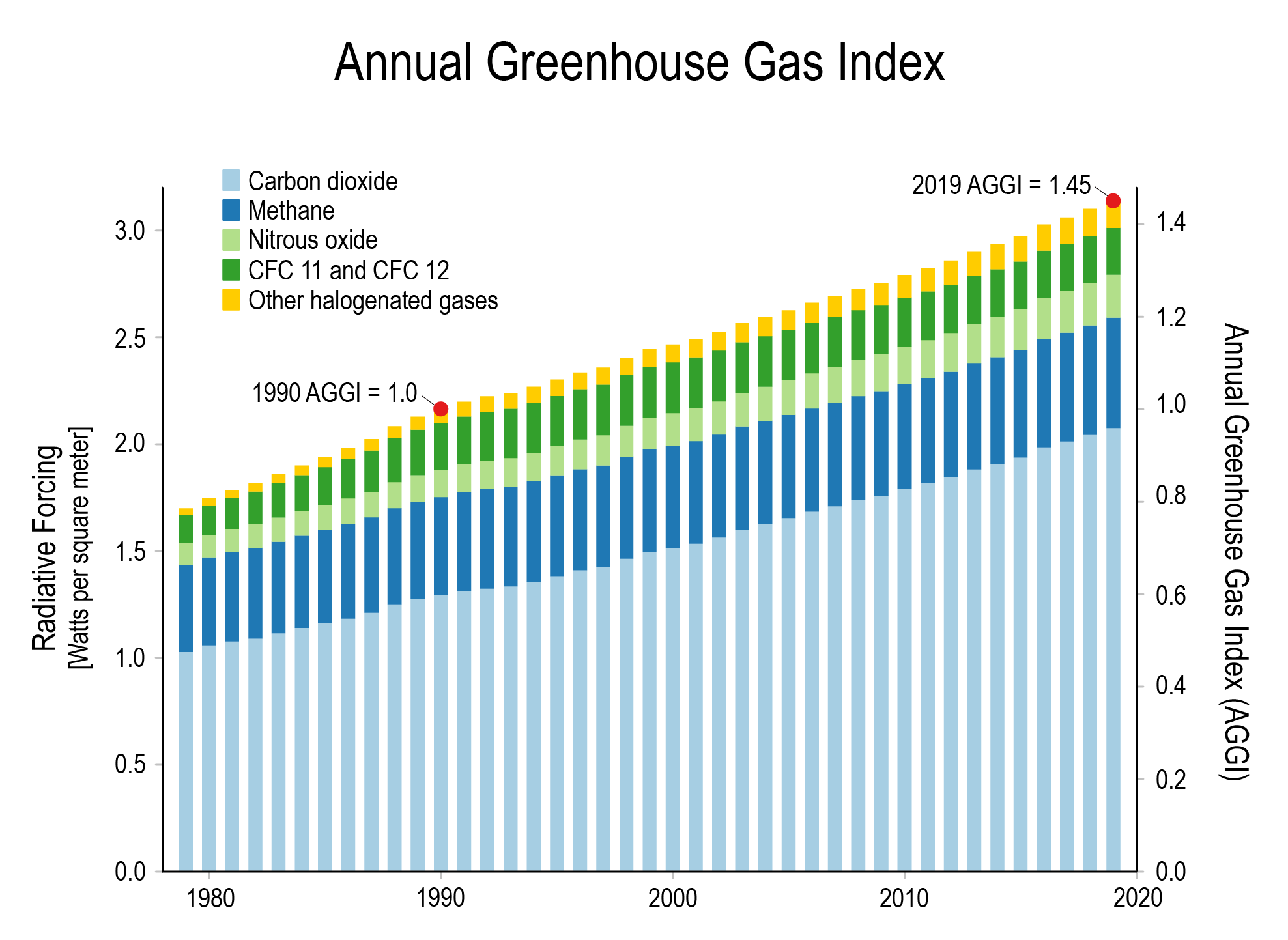



Climate Change International Ccs Knowledge Centre
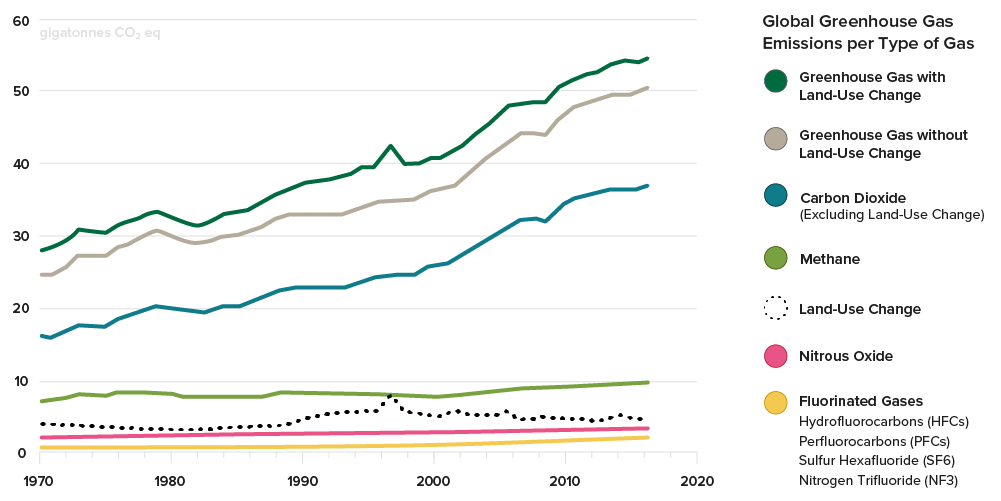



Carbon Emissions Forestry Carbon Credits The Arbor Day Foundation



c News World Greenhouse Gas Emissions Rising
/cdn.vox-cdn.com/uploads/chorus_asset/file/21868717/co_emissions_by_sector.png)



What S Causing Climate Change In 10 Charts Vox



2




Greenhouse Gas Emissions Plunged 17 Percent During Pandemic The Washington Post




Greenhouse Gas Emissions Wikipedia



2



Carbon Tracker Bulb



Co And Greenhouse Gas Emissions Our World In Data




Carbon Footprint Factsheet Center For Sustainable Systems
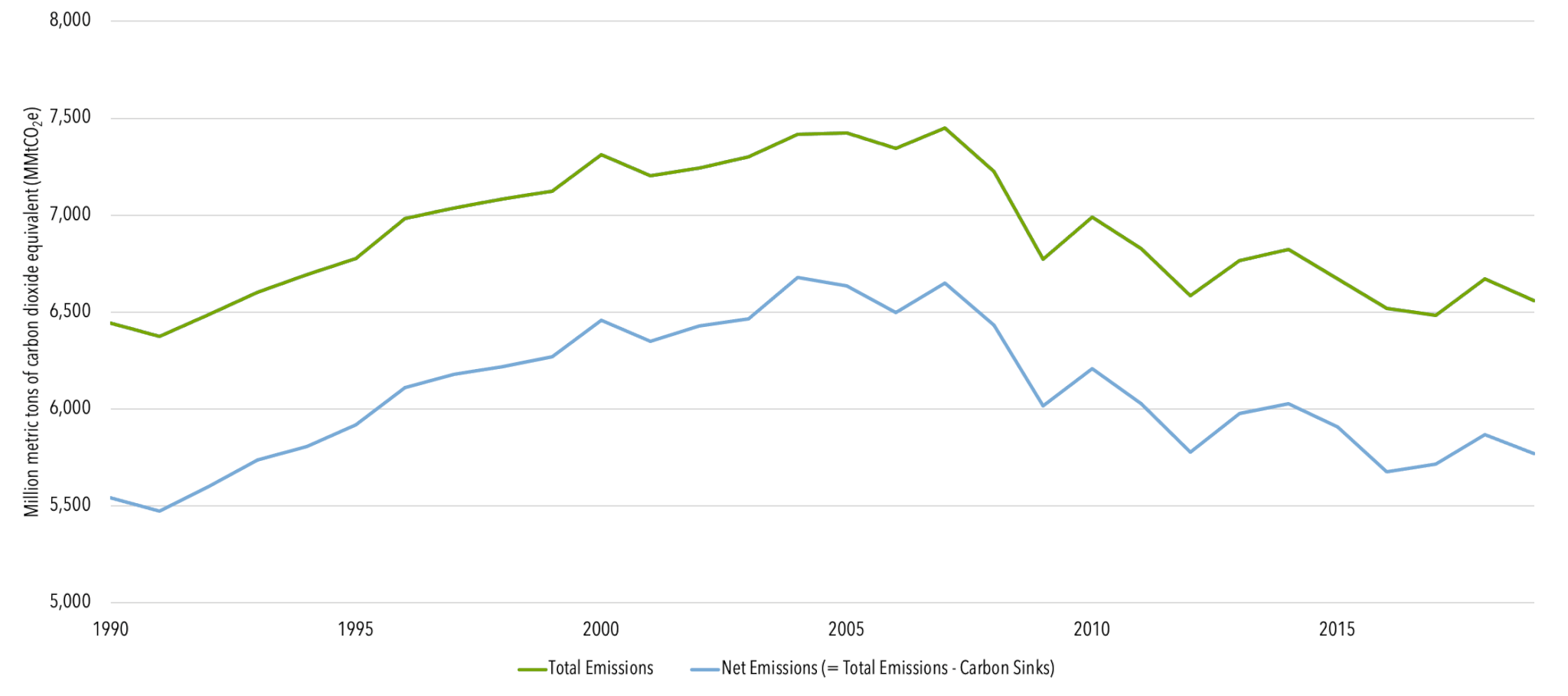



U S Emissions Center For Climate And Energy Solutions
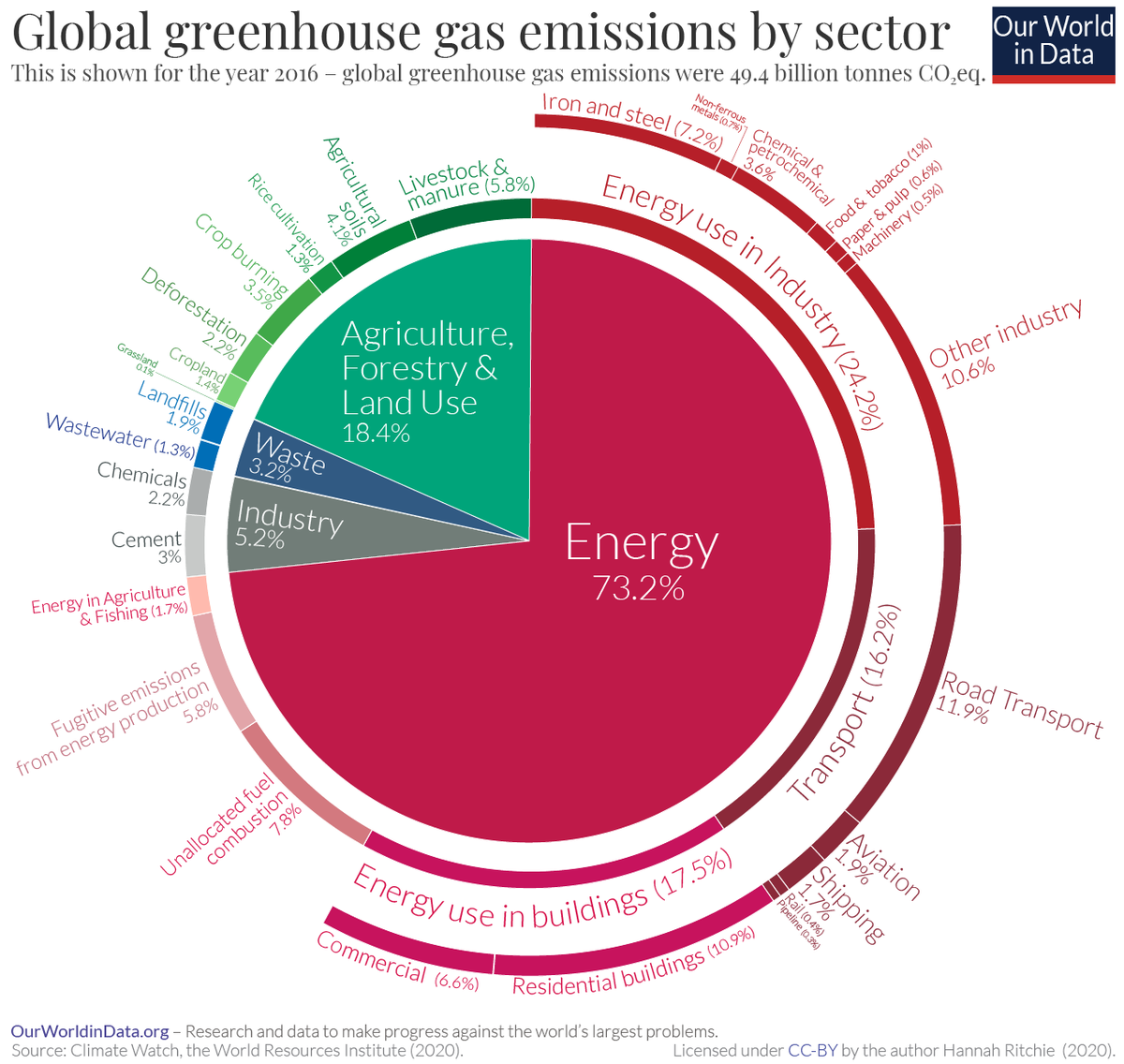



A Global Breakdown Of Greenhouse Gas Emissions By Sector



Co And Greenhouse Gas Emissions Our World In Data




6 Graphs Explain The World S Top 10 Emitters Greenbiz



1
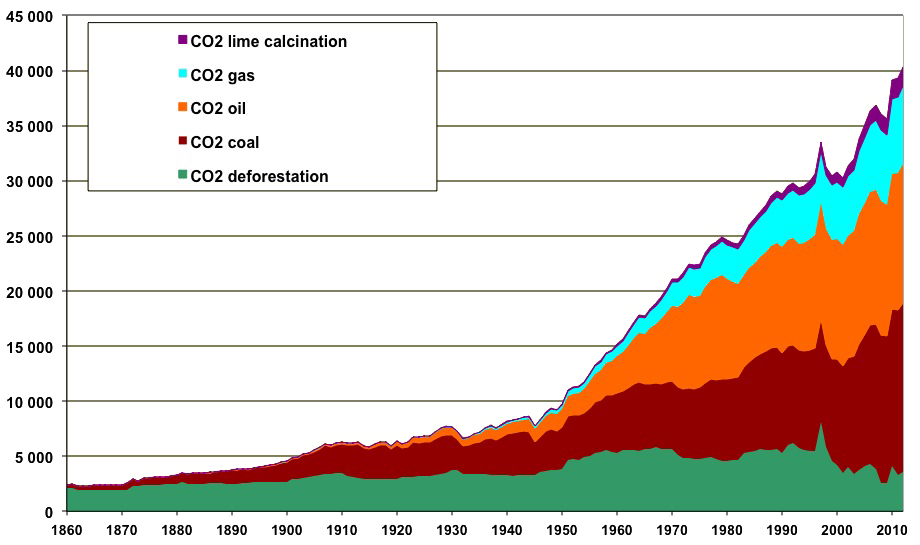



How Do Greenhouse Gas Emissions Presently Evolve Jean Marc Jancovici



Chart How Ambitious Is The Uk S Emissions Target Statista




Germany S Greenhouse Gas Emissions And Energy Transition Targets Clean Energy Wire
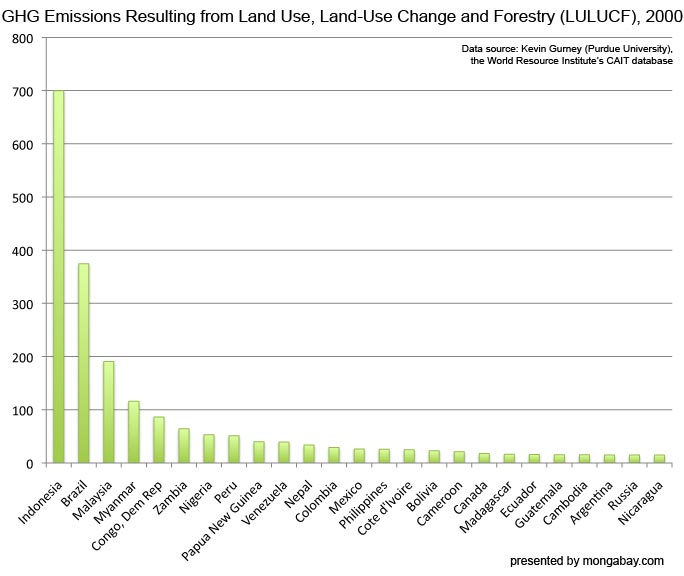



National Greenhouse Gas Emissions From Energy Use And Deforestation




Greenhouse Gas Emissions Gap Means More Work Ahead




This Graph Shows How The Total Amount Of Greenhouse Gas Emissions Has Been Increasing Around The World Greenhouse Gases Climate Change Greenhouse Gas Emissions



Eco Economy Indicators Carbon Emissions Epi



Total Greenhouse Gas Emission Trends And Projections In Europe European Environment Agency



0 件のコメント:
コメントを投稿